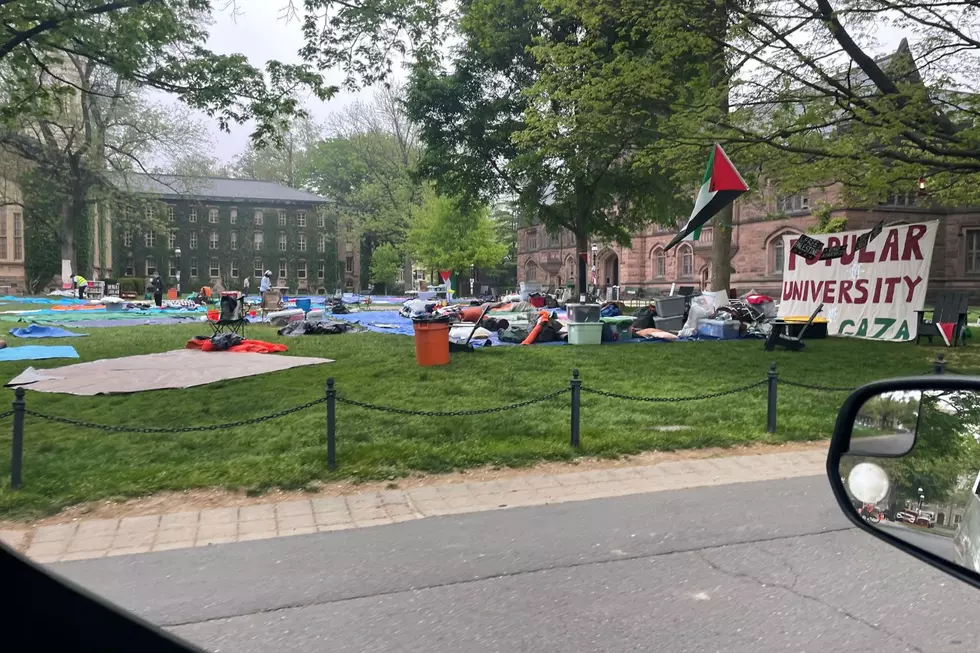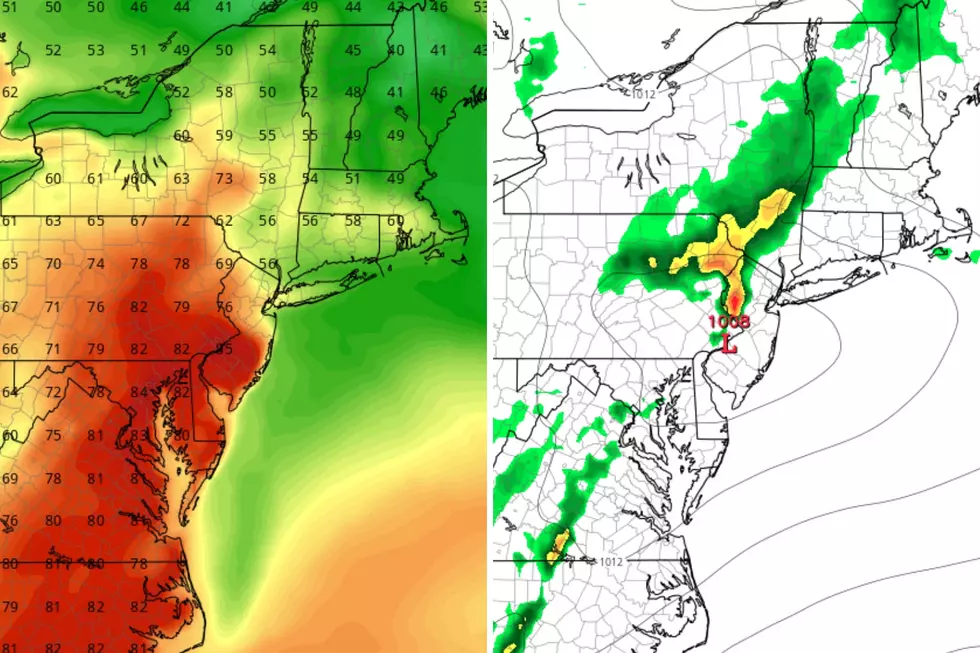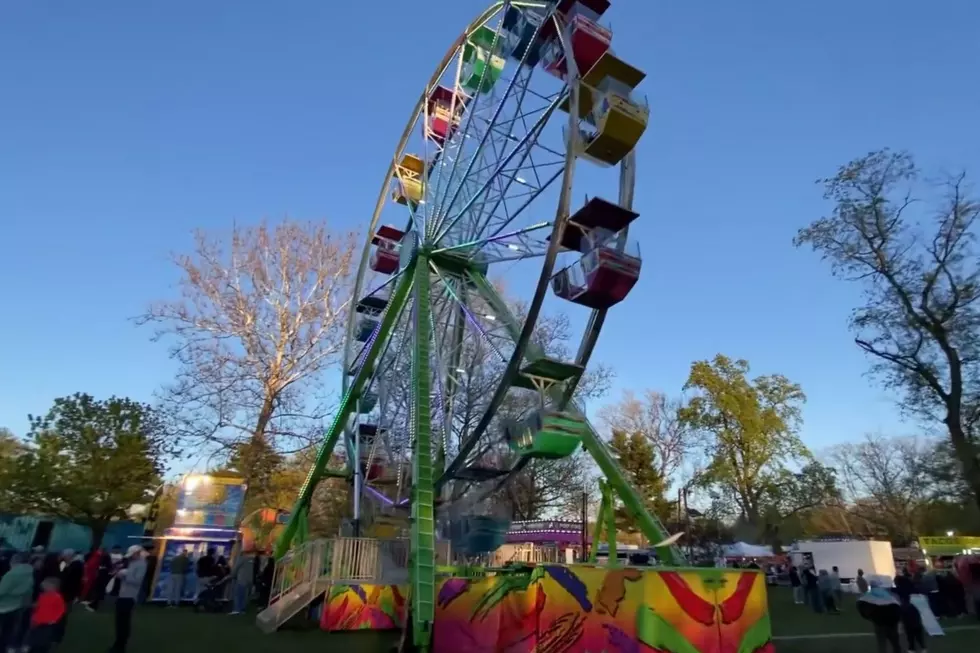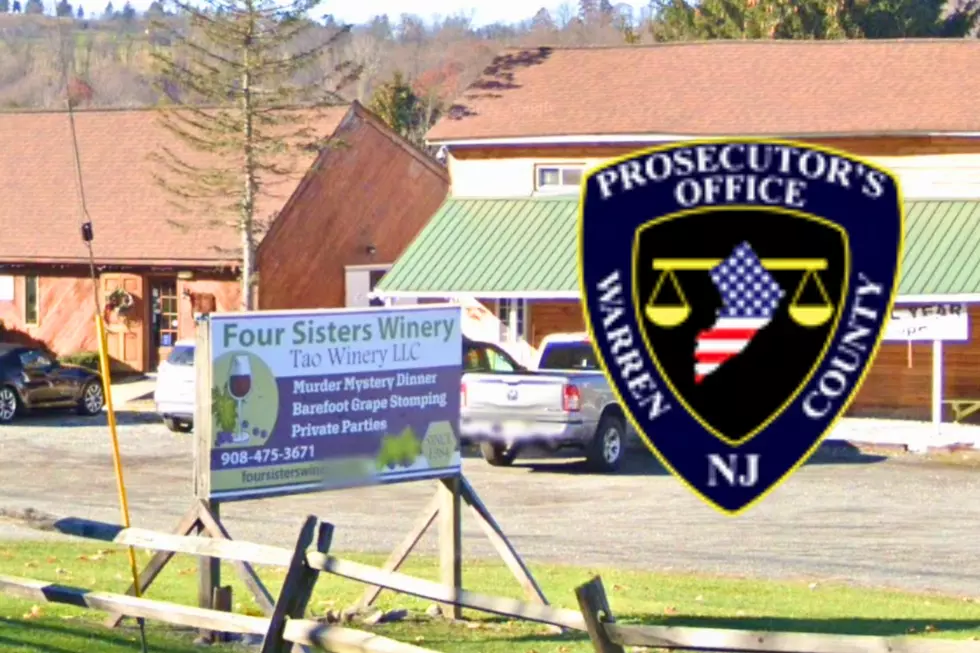
Project confirms NY fort’s old guns came from Florida wreck
Research has determined nine historic cannons displayed for the past 60 years at a recreated French and Indian War fort in upstate New York were originally aboard a British warship that sank in the Florida Keys in the 18th century, according to an underwater archaeologist who led the project.
Joseph Zarzynski, of Wilton, New York, said a study of all 68 cannons at Fort William Henry found that some if not all of the nine iron cannons likely came from HMS Looe, a British warship that sank after hitting a reef in 1744.
Zarzynski said it was known when the replica fort opened in 1954 on the southern end of Lake George that some of the cannons were believed to have come from a British shipwreck in the Keys.
The exact source wasn't pinpointed until volunteer researchers deduced the guns came from the Looe (pronounced Loo), a 44-gun frigate built in England in 1741, Zarzynski said.
"All the evidence points to it," he said.
A 20-minute documentary titled "Iron Sentries: The Mystery Cannons of Fort William Henry" was recently released by Pepe Productions of Glens Falls.
The original Fort William Henry, built by the British in 1755 during the French and Indian War, was destroyed two years later after being captured by the French.
A full-size replica fort was built on the same footprint of the original in the Adirondack village of Lake George. Before the tourist attraction opened in the summer of 1954, the fort's owners sought Colonial-era cannons to display on the ramparts.
Among the artillery pieces purchased were nine guns discovered a few years earlier off Looe Key, now part of Florida Keys National Marine Sanctuary.
Local newspaper stories about the fort's purchase said the cannons were bought from Art McKee, a well-known Florida treasure hunter who salvaged the weapons after the Smithsonian Institution recovered other shipwreck artifacts from Looe Key, named for the British ship believed to have sank there along with a captured Spanish vessel it was escorting.
The `50s newspaper articles also said the cannons bore insignia indicating the weapons belonged to the British Crown. Those markings have since disappeared after being exposed to decades Adirondack winters.
A 1967 arson fire destroyed many of the fort's records pertaining to artifact acquisitions, adding to the murkiness surrounding the cannons' origins, Zarzynski said.
A project begun in 2014 to measure and document all the fort's 49 replica cannons and 19 historic artillery pieces led researchers to finally try to trace the origins of the nine guns purchased in 1954, he said.
The fort's researchers discovered the caliber of the nine cannons matched that of the armament known to have been aboard HMS Looe when it sank. That fact, and McKee's role in the guns' salvage, leads researchers to believe the Looe was the source, Zarzynski said.
"If Art McKee sold them, then they are most certainly from HMS Looe," said Charles Lawson, an archaeologist for Biscayne National Park who has studied 18th-century wreck sites in Florida's waters.
Zarzynski said it's hoped money can be raised to properly restore at least a couple of the rusting Looe guns, a project that could cost up to $30,000 for just one cannon.
(© 2016 The Associated Press. All rights reserved. This material may not be published, broadcast, rewritten or redistributed)
More From New Jersey 101.5 FM









